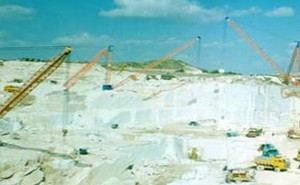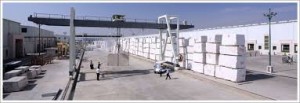
India’s economic growth rate to overtake China in the next fiscal


India’s economic growth rate to overtake China and improve to 7.8 per cent in the next fiscal and could achieve 8.2 per cent by 2016-17, according to the Asian Development Bank (ADB). India’s growth and investor confidence could accelerate on the back of government’s structural reform agenda and improved external demand, while China the growth is slowing down from 7.4 per cent next fiscal and 7 per cent in 2016-17.
According to Indian Finance Ministry the annual growth rate of the Indian economy is projected to have increased to 7.4% in 2014-15 as compared with 6.9% in the fiscal year 2013-14.
Significant growth of development by India’s 1.2 billion people over the last six and half decades since independence has brought agricultural revolution which has transformed into a net exporter of food. This in fact, has lifted the world’s fourth-largest economy, to double the life expectancy, literacy rates have quadrupled, health conditions have improved, and a sizeable middle class has arisen. India is now also home to globally recognised companies in pharmaceuticals and steel and information and space technologies.
Child mortality rates remain very low malnutrition of India’s children whose well-being will determine the extent of India’s much-awaited demographic dividend; as an overwhelming 40 per cent (217 million) of the world’s malnourished children are in India. Fostering greater levels of education and skills will be critical to promote prosperity.
India’s states are pioneering bold new initiatives to tackle many of India’s long-standing challenges and are achieving great strides towards inclusive growth. Their successes are leading the way for the rest of the country to follow, indicating what can be achieved if the poorer states were to learn from their more prosperous counterparts.
India was the 19th-largest merchandise and the 6th largest services exporter in the world in 2013; it imported a total of $616.7 billion worth of merchandise and services in 2013. Its fastest-growing services sector — which includes construction, telecom, software and information technologies, infrastructure, tourism, education, health care, travel, trade, banking and other components of its economy, contributed to its rapid economic growth.
The ADB said that India’s most pressing policy challenges is to promote cities as engines of economic growth and jobs. To fully reap the benefits of urbanisation, the government must make further efforts to coordinate urban and industry planning to attract industries into cities, and provide the necessary supporting infrastructure.

